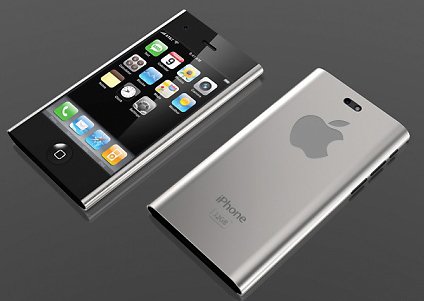Telecom Lead America: Mobile industry analysts have started predicting that Apple iPhone 5 will propel smartphone growth in 2012.

HIS recently said the arrival of the iPhone 5 will spur a rebound in Apple’s smartphone shipments in the third and fourth quarters following a decline in the second quarter. Apple in the second quarter suffered a 26 percent drop in shipments to 26 million units, down from 35 million in the first quarter.
“Buyers historically have delayed their purchases until the newest model is available. Then they rush out to get the latest and greatest version once it’s being sold, leading to a spike in demand. IHS predicts the same pattern will occur with the iPhone 5,” said Wayne Lam, senior analyst, wireless communications, for IHS.
Apple’s decline contributed to a 1 percent contraction in the overall global smartphone market in the second quarter to 135 million units, down from 137 million in the first quarter.
HIS said the launch of the iPhone 5 will help the global smartphone market return to growth with projected shipments of 346.5 million in the second half of 2012, up from 272.3 million during the first six months of the year.
If the iPhone 5 does include NFC, Apple will help the global market for NFC-enabled cellphones expand shipments by 118 percent to reach 233 million units in 2012. This compares to 94 percent growth in 2011. Shipments will rise another 81 percent in 2013 to 420 million units. If the iPhone 5 does not include NFC, the forecast for 2012 and 2013 will be significantly reduced.
IHS expects the new IPhone to also offer LTE for the first time on an iPhone. This will deliver a major boost to global LTE subscriptions — depending on which frequency bands and service providers it supports.
Apple’s new iPad currently supports LTE for U.S. carriers Verizon and AT&T. However, the tablet does not support LTE in other regions, including Europe. If the iPhone 5 offers global LTE frequencies then this will expand LTE subscriber growth and boost the fortunes of carriers with LTE networks to the detriment of those that only offer 3G services.
According to IDC, Android accumulated 68.1 percent market share with 104.8 million smartphones shipped during the second quarter of 2012. Android’s success can be attributed to Samsung, which accounted for 44 percent of all Android smartphones shipped in 2Q12.
Earlier, demand for Apple’s smartphone has cooled off due to release of iPhone 5 launch, which is scheduled to come in October.





